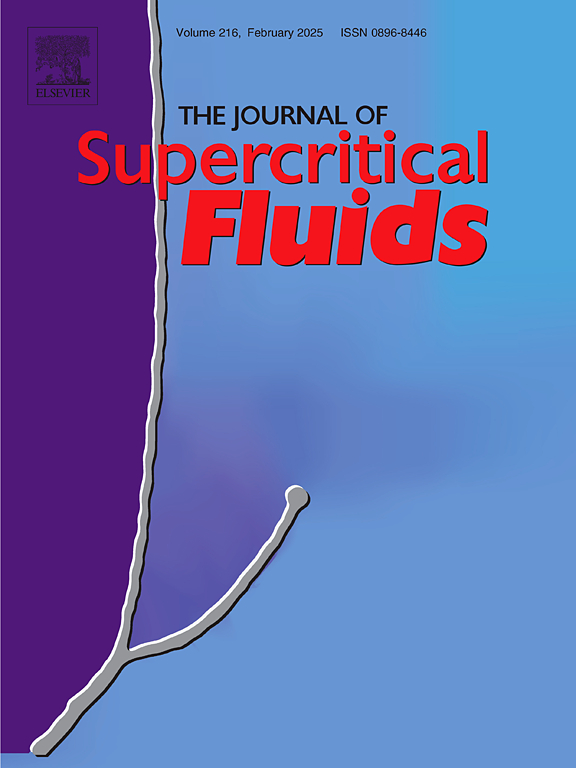Failure behavior analysis of oxide film formed on super-heater tubes of boiler during deep peak process
IF 3.4
3区 工程技术
Q2 CHEMISTRY, PHYSICAL
引用次数: 0
Abstract
High-temperature components in the supercritical power plant experienced alternating thermal stresses under deep peak regulation, accelerating the cracking and spalling of the oxide film formed on the steam-side of super-heaters and re-heaters. This study employed the corrosion testing and finite element simulations to investigate the failure behavior of oxide films on super-heaters made by heat-resistant steelsT91 and austenitic HR3C during deep peak conditions. The experimental results indicate that the oxide film on T91was a double layer film containing Fe3O4 and Fe-Cr oxides, which was much thicker than that on HR3C. The spalling of the outer oxide film on T91 was more severe than that of HR3C. The analysis of thermal stress-strain under various loads and oxide film thicknesses revealed the significant shear stress between Fe3O4 and Fe-Cr within the oxide film on T91 steel. The significant shear stress caused the bigger strain within the oxide film on T91 steel, causing the spalling of the oxide film. Compared to the strain within the oxide film on T91 steel, the stress-strain within Cr2O3 oxide film on HR3C steel was notably lower than that on T91 steel. The failure behaviors of the oxide film on T91 and HR3C were quantitatively explained through experimental result and stress-strain simulation with the oxide film. The failure models of the oxide film on investigated steels were put forward.
锅炉过热管深峰过程氧化膜失效行为分析
超临界电厂高温部件在深调峰条件下承受交变热应力,加速了过热加热器和再加热器蒸汽侧氧化膜的开裂和剥落。采用腐蚀试验和有限元模拟研究了由耐热钢st91和奥氏体HR3C制成的过热器在深峰条件下氧化膜的失效行为。实验结果表明,t91上的氧化膜为含Fe3O4和Fe-Cr氧化物的双层氧化膜,比HR3C上的氧化膜厚得多。T91的外氧化膜剥落比HR3C的严重。不同载荷和氧化膜厚度下的热应力应变分析表明,T91钢氧化膜内Fe3O4和Fe-Cr之间存在显著的剪切应力。显著的剪切应力导致T91钢氧化膜内部应变较大,导致氧化膜剥落。与T91钢的氧化膜内应变相比,HR3C钢的Cr2O3氧化膜内应力应变明显低于T91钢。通过实验结果和氧化膜的应力应变模拟,定量解释了氧化膜在T91和HR3C上的破坏行为。提出了所研究钢氧化膜的失效模型。
本文章由计算机程序翻译,如有差异,请以英文原文为准。
求助全文
约1分钟内获得全文
求助全文
来源期刊

Journal of Supercritical Fluids
工程技术-工程:化工
CiteScore
7.60
自引率
10.30%
发文量
236
审稿时长
56 days
期刊介绍:
The Journal of Supercritical Fluids is an international journal devoted to the fundamental and applied aspects of supercritical fluids and processes. Its aim is to provide a focused platform for academic and industrial researchers to report their findings and to have ready access to the advances in this rapidly growing field. Its coverage is multidisciplinary and includes both basic and applied topics.
Thermodynamics and phase equilibria, reaction kinetics and rate processes, thermal and transport properties, and all topics related to processing such as separations (extraction, fractionation, purification, chromatography) nucleation and impregnation are within the scope. Accounts of specific engineering applications such as those encountered in food, fuel, natural products, minerals, pharmaceuticals and polymer industries are included. Topics related to high pressure equipment design, analytical techniques, sensors, and process control methodologies are also within the scope of the journal.
 求助内容:
求助内容: 应助结果提醒方式:
应助结果提醒方式:


